attributed to Adolphe MONTICELLI (1824-1886)
Large 19th Century French impressionist woodland scene of nude females, oil on canvas Adolphe Monticelli. Excellent quality and condition, labelled verso and presented in its original handmade gilt pierced frame.
Provenance: Orangerie des Tuileries, 1953, no. 07 Sheon, Paris
Measurements: 25" x 22" framed approx
Biography
Monticelli entered the Paris studio of Paul Delaroche at the age of 22. His parents initially favoured a career as a pharmacist, but were soon convinced of his artistic vocation, thanks more to their son's complete lack of enthusiasm for any other activity than to evidence of outstanding talent on his part. Adolphe was a relatively undistinguished student during his three years at the municipal school of drawing in Marseilles; his true inspiration was the Louvre, where he spent long hours copying works by Rembrandt, Veronese and Giorgione, and where he met Delacroix, whom he admired throughout his life. He returned to Marseilles from 1849 to 1863, when he settled in the French capital once again until the outbreak of hostilities in 1870.Monticelli's career was divided equally between Paris and Marseilles (he spent a total of 15 years in each). His artistic evolution is marked by clearly distinguishable 'Paris' and 'Marseilles' periods, but his work as a whole remains underpinned by an inexhaustible, lifelong exploration of the physical and expressive, spiritual properties of colour. His early Romantic works (before 1860) are characterised by capable drawing, careful handling and the use of glazes in shades of yellow and red-brown over a bituminous base. A handful of compositions from this period feature a livelier interplay of brighter, purer colours; by 1860, Monticelli's technique had evolved increasingly in this direction. His paintings of the 1860s are characterised by pearly, iridescent effects and a sophisticated palette. His scenes from the Decameron, or fêtes galantes at St-Cloud, convey an exhilarating sense of joie de vivre, luxury and refined pleasure, perfectly in keeping with his 'dandified' persona. Napoleon III acquired two of his paintings, and he enjoyed an enthusiastic following among British collectors. Despite the limitations of his subject-matter and motifs, his painting was consistently fresh and sparkling, never mechanical. Delacroix expressed surprise at Monticelli's success, and admiration: 'There arose around Monticelli a kind of expectant rumour among his fellow painters'. Monticelli himself was untroubled by the views of his critics, whom he did not frequent, or his collectors, since he sold his pictures exclusively through dealers. He was devoid of social or financial ambition, content to sell enough work to support his chosen lifestyle, and never exhibited at the Salon. He was a stylish dresser, a womaniser and a gourmet. His distaste for social scheming may go some way to explain why he was never awarded the usual public honours. In the manner of Victor Hugo's hero Ruy Blas, he nurtured a sentimental, idealised passion for Napoleon III's Empress, Eugénie de Montijo, whose features are discernible in some of his female figures. With the fall of the Second Empire in 1870, Monticelli's dilletante existence in Paris came to an abrupt end. He left his home in Romainville on foot, stayed for a few weeks in the southern French town of Salon and arrived in Marseilles in 1871, now aged 47. Misunderstood, and alienated from local collectors and the city's intellectual élite, Monticelli was forced to work in isolation. In Marseilles - with its tumult and squalor, its sunsets redolent of the Oriental splendors of the Maghreb just over the horizon - Monticelli was free to develop his distinctive, mature style. When peace returned he chose to stay in the south, despite the entreaties of his Parisian friends, living in one room furnished with a low bed, an easel and two chairs. Bathed in purplish light from its only window, hung with a red flowered curtain, Monticelli delighted in his humble lodgings and settled contentedly into a new life of quiet probity, enjoying the company of a handful of local shopkeepers - simple, everyday people, lovers of good food and ritual drinkers of absinthe. He attended the opera and the Italian pantomime, highly popular at the time, and was transported by music of all kinds, especially that of the Hungarian gypsy bands who performed regularly in the city's bars and cafés. 'At the last flourish of the fiddler's bow, he would hurry back to his garret, light all the candles he could muster and paint until he was weak with fatigue.' (Paul Guigou). The correlation between music and images is central to Monticelli's work throughout his final Marseilles period. Like his contemporaries Théophile Gautier and Baudelaire, he seems to have experienced synaesthesia, 'hearing' the melodic properties of colours and light in what became, for Monticelli, a permanently



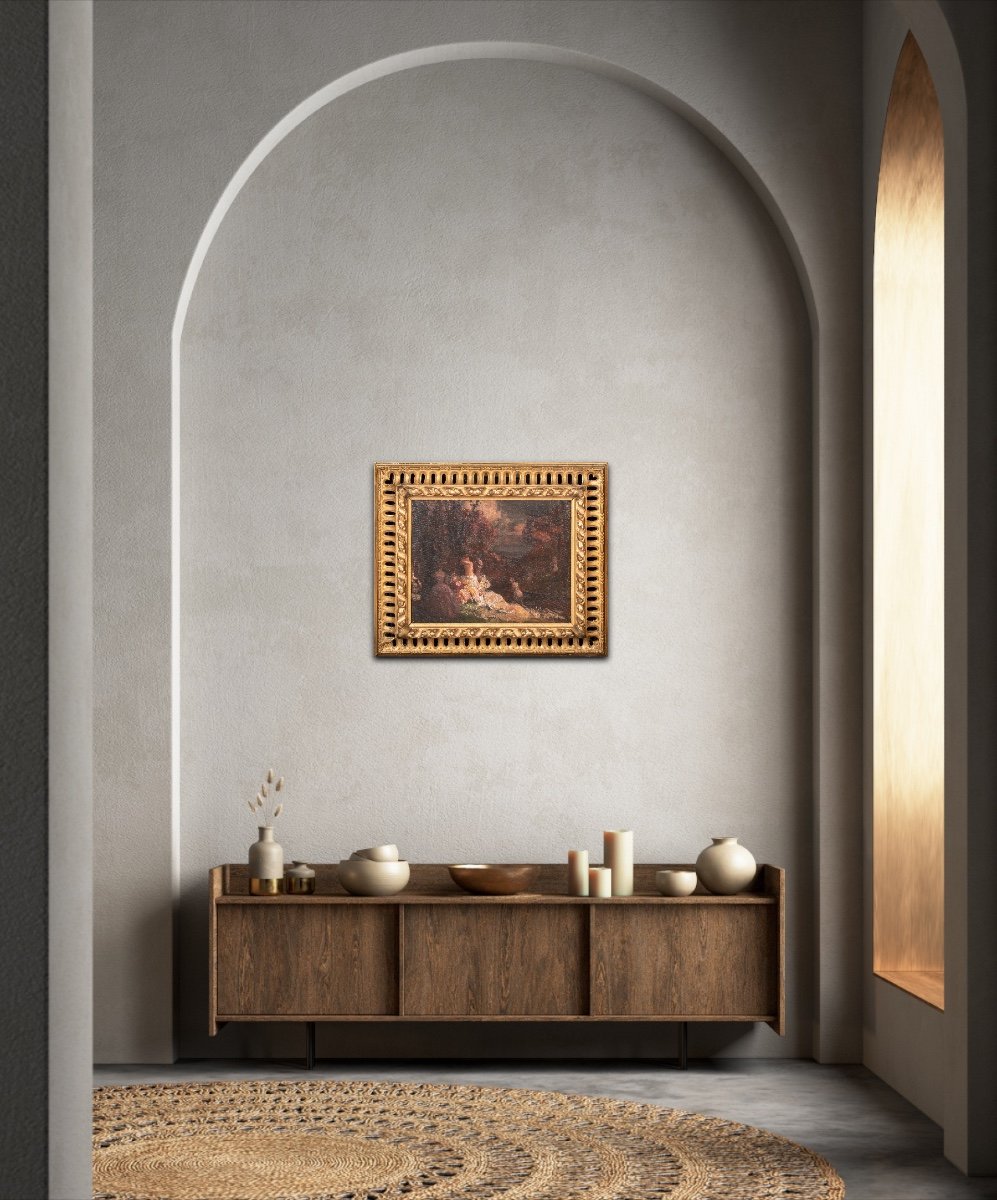
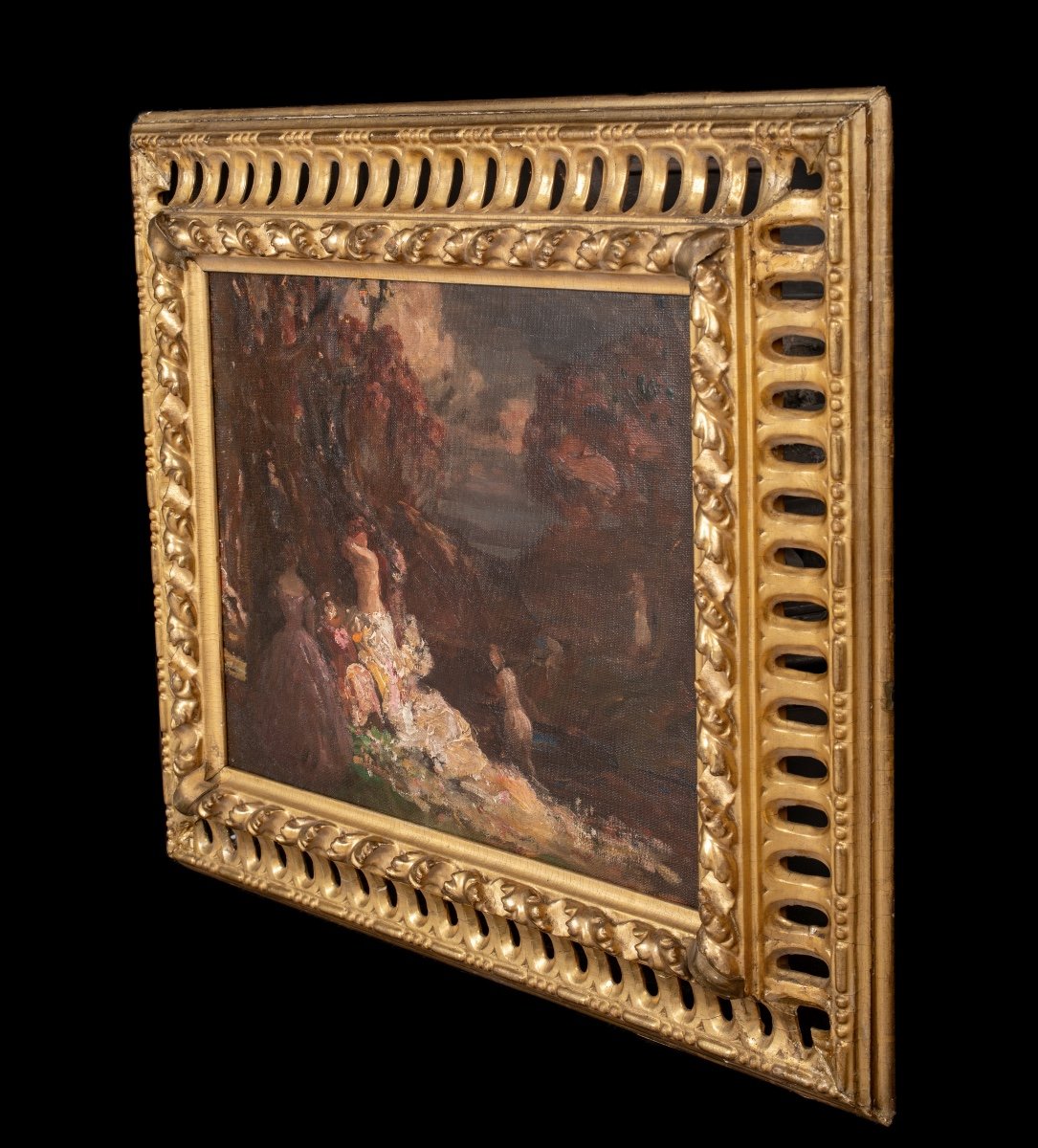
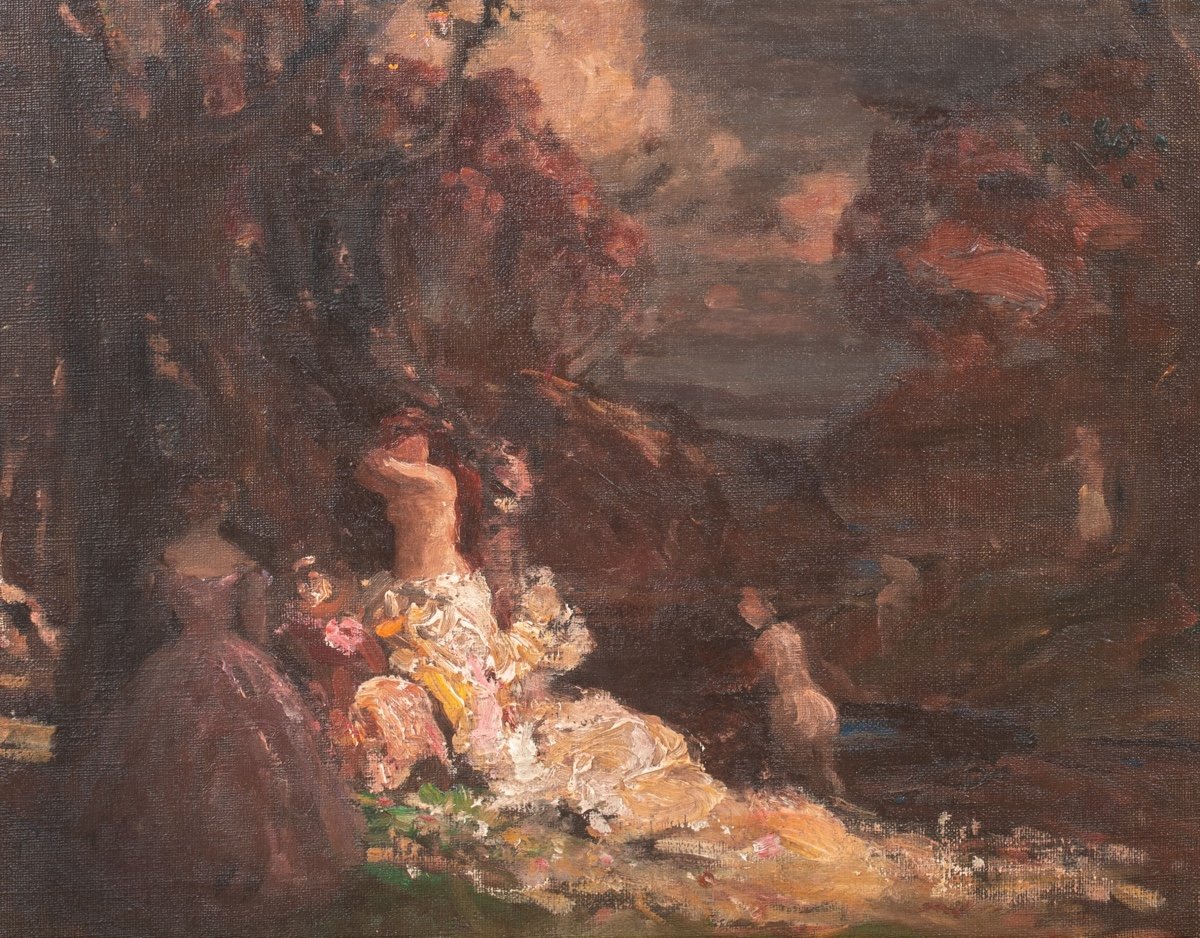







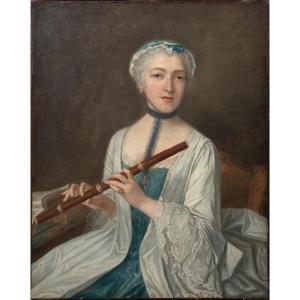


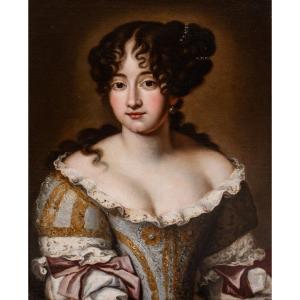
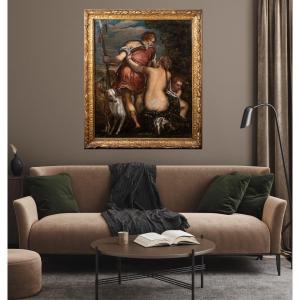

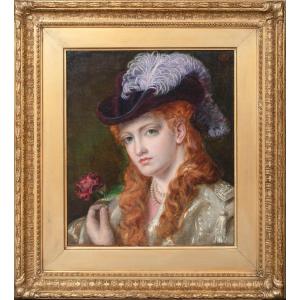
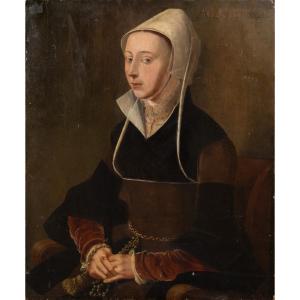



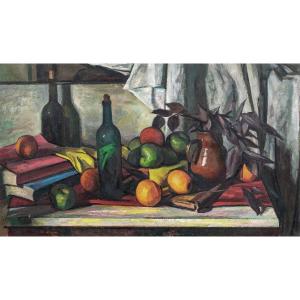
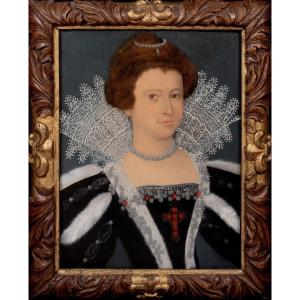

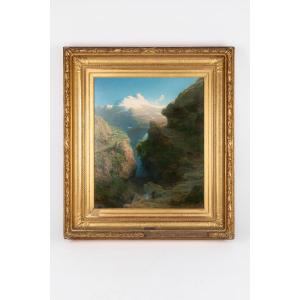






 Le Magazine de PROANTIC
Le Magazine de PROANTIC TRÉSORS Magazine
TRÉSORS Magazine Rivista Artiquariato
Rivista Artiquariato